- About us
- Support the Gallery
- Venue hire
- Publications
- Research library
- Organisation chart
- Employment
- Contact us
- Make a booking
- Onsite programs
- Online programs
- School visit information
- Learning resources
- Little Darlings
- Professional learning
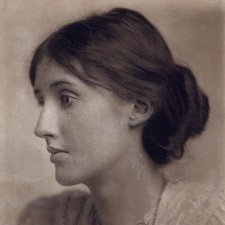
Inga Walton delves into the bohemian group of artists and writers who used each other as muses and transformed British culture.
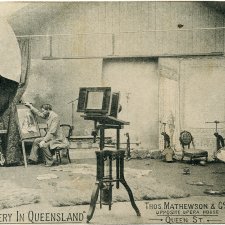
Phil Manning celebrates a century of Brisbane photographic portraiture.
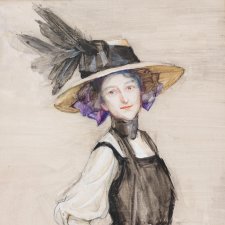
Bess Norriss Tait created miniature watercolour portraits full of character and life.
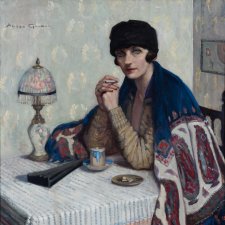
Karen Quinlan considers the case of Agnes Goodsir, whose low profile in Australia belies her overseas acclaim.
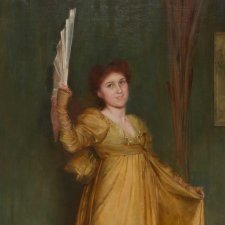
Dr. Sarah Engledow discovers the amazing life of Ms. Hilda Spong, little remembered star of the stage, who was captured in a portrait by Tom Roberts.
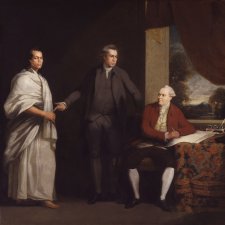
Representations of the inhabitants of the new world expose the complexities of the colonisers' intentions.
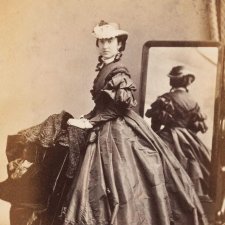
The death of a gentlewoman is shrouded in mystery, a well-liked governor finds love after sorrow, and two upright men become entangled in the historical record.
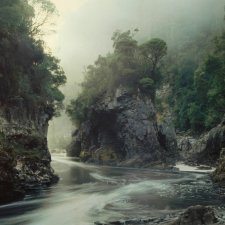
Olegas Truchanas and Peter Dombrovskis, photographers and conservationists, shared a love of photography and exploring wilderness areas of Tasmania.
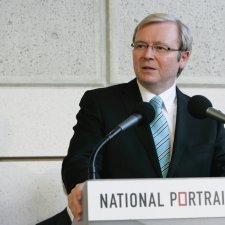
In his speech launching the new National Portrait Gallery building on 3 December 2008, then Prime Minister Kevin Rudd set the Gallery in a national and historical context.

The biographical exhibition of Barry Humphries was the first display of its kind at the National Portrait Gallery.
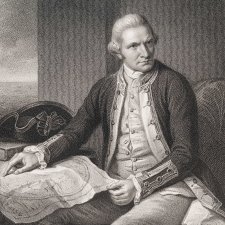
A focus on Indigenous-European relationships underpins Facing New Worlds. By Kate Fullagar.

Sarah Engledow on Messrs Dobell and MacMahon and the art of friendship.
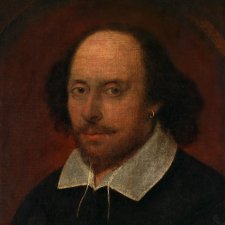
Joanna Gilmour travels through time to explore the National Portrait Gallery London’s masterpieces in Shakespeare to Winehouse.
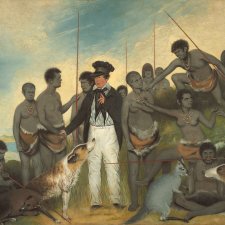
Gareth Knapman explores the politics and opportunism behind the portraits of Tasmania’s Black War.
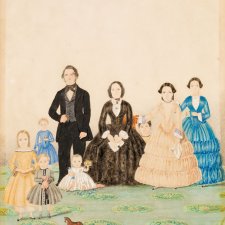
Jo Gilmour uncovers endearing authenticity in the art of a twice-transported Tasmanian.

The portrait of Dr. Johann Reinhold Forster and his son George Forster from 1780, is one of the oldest in the NPG's collection.